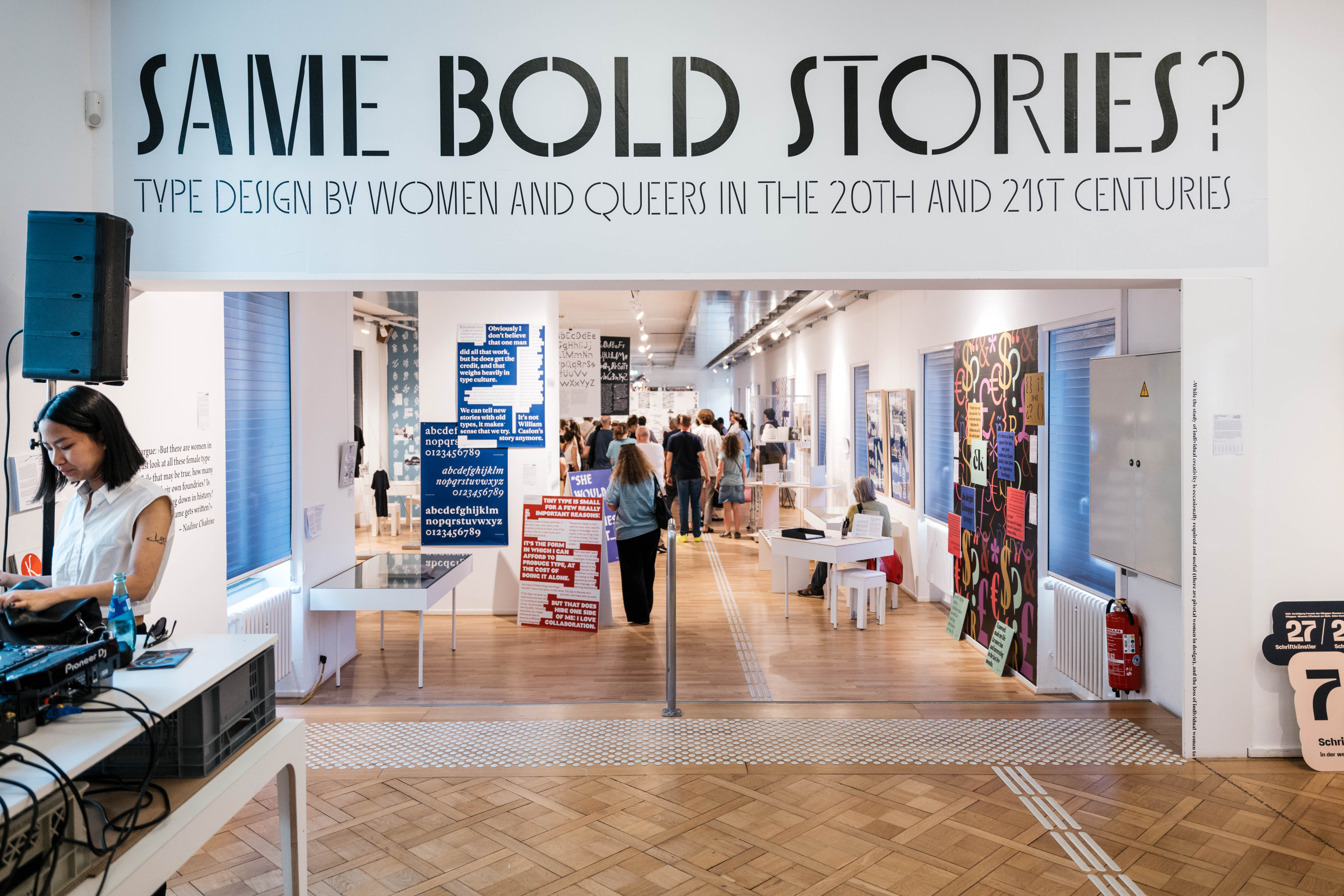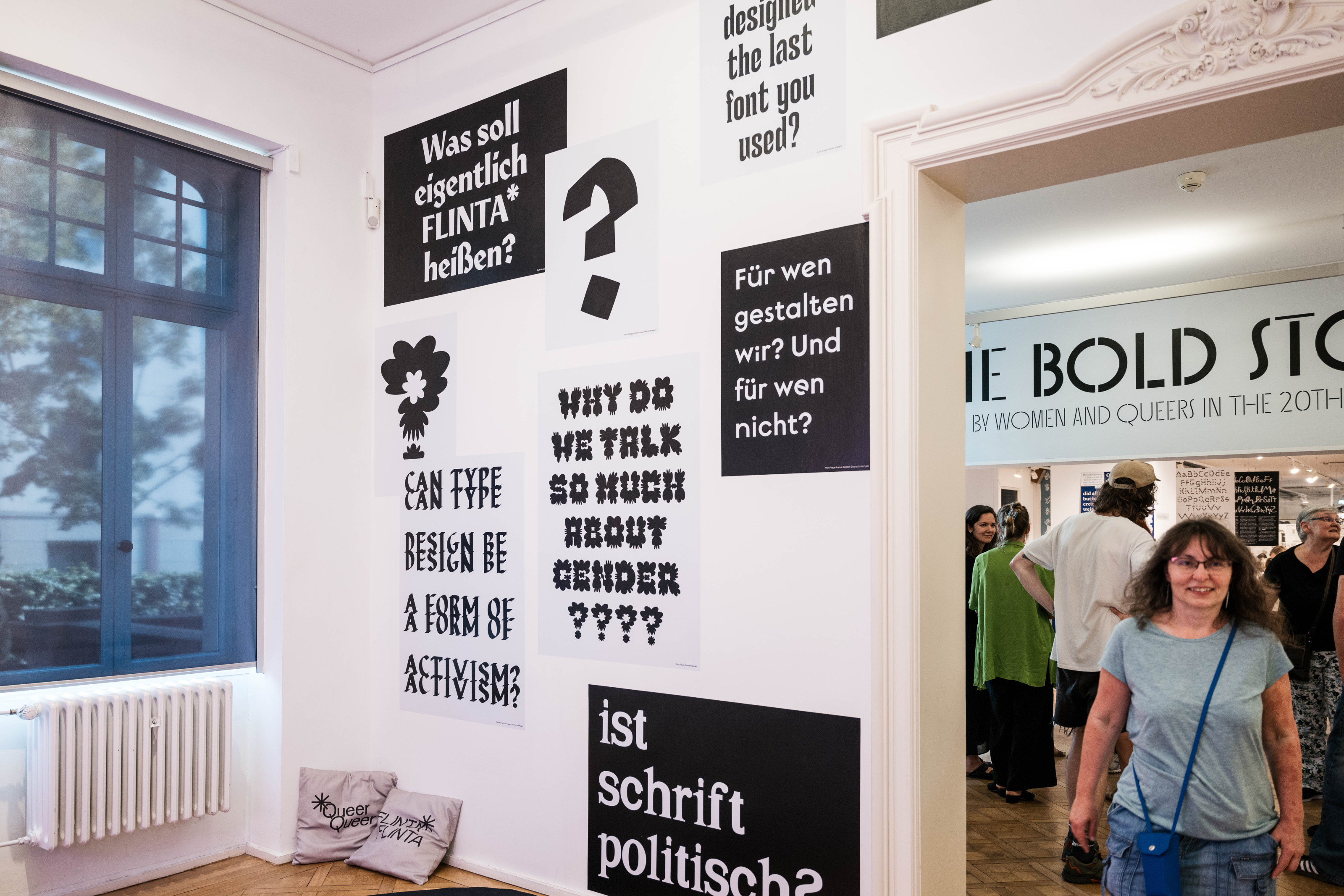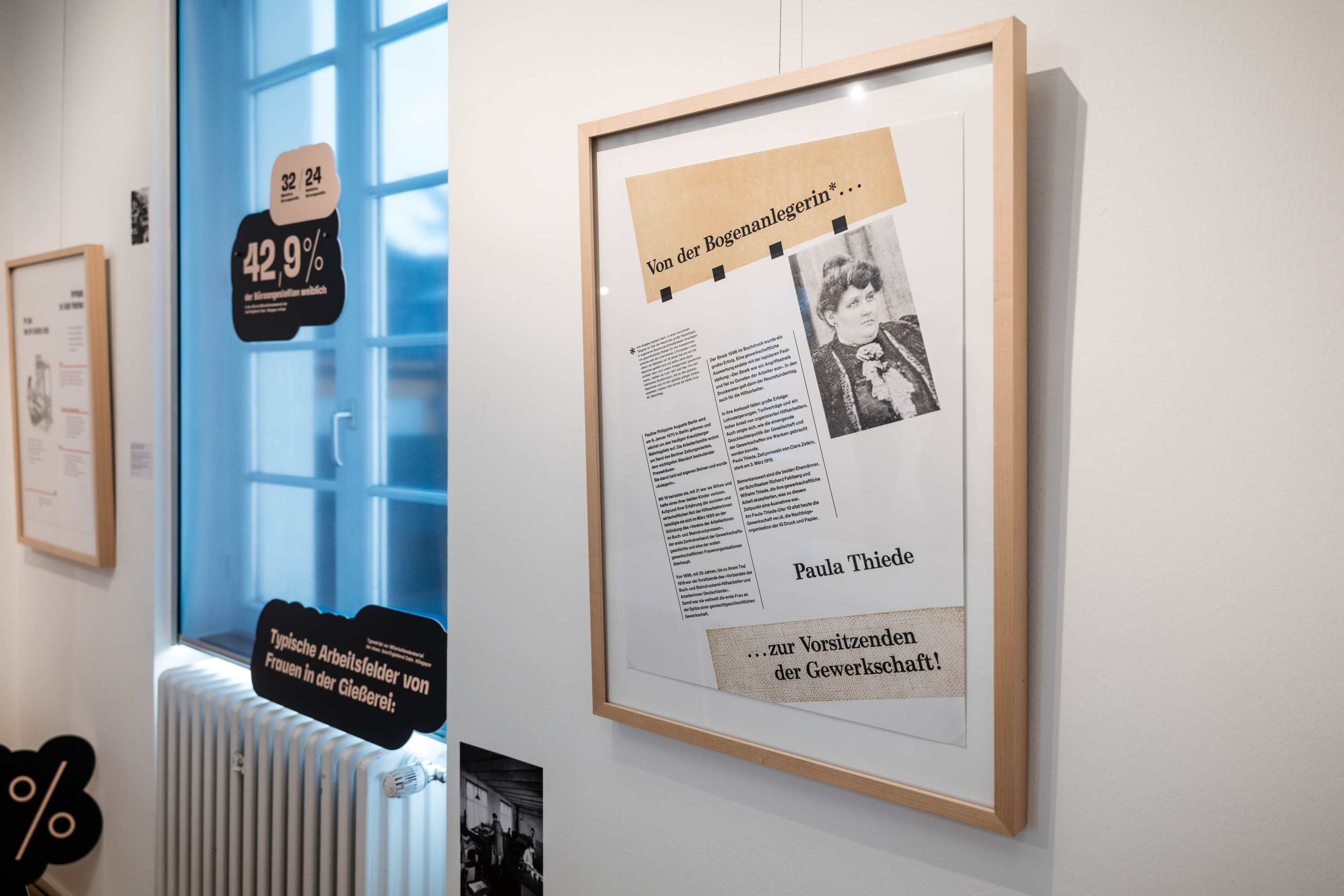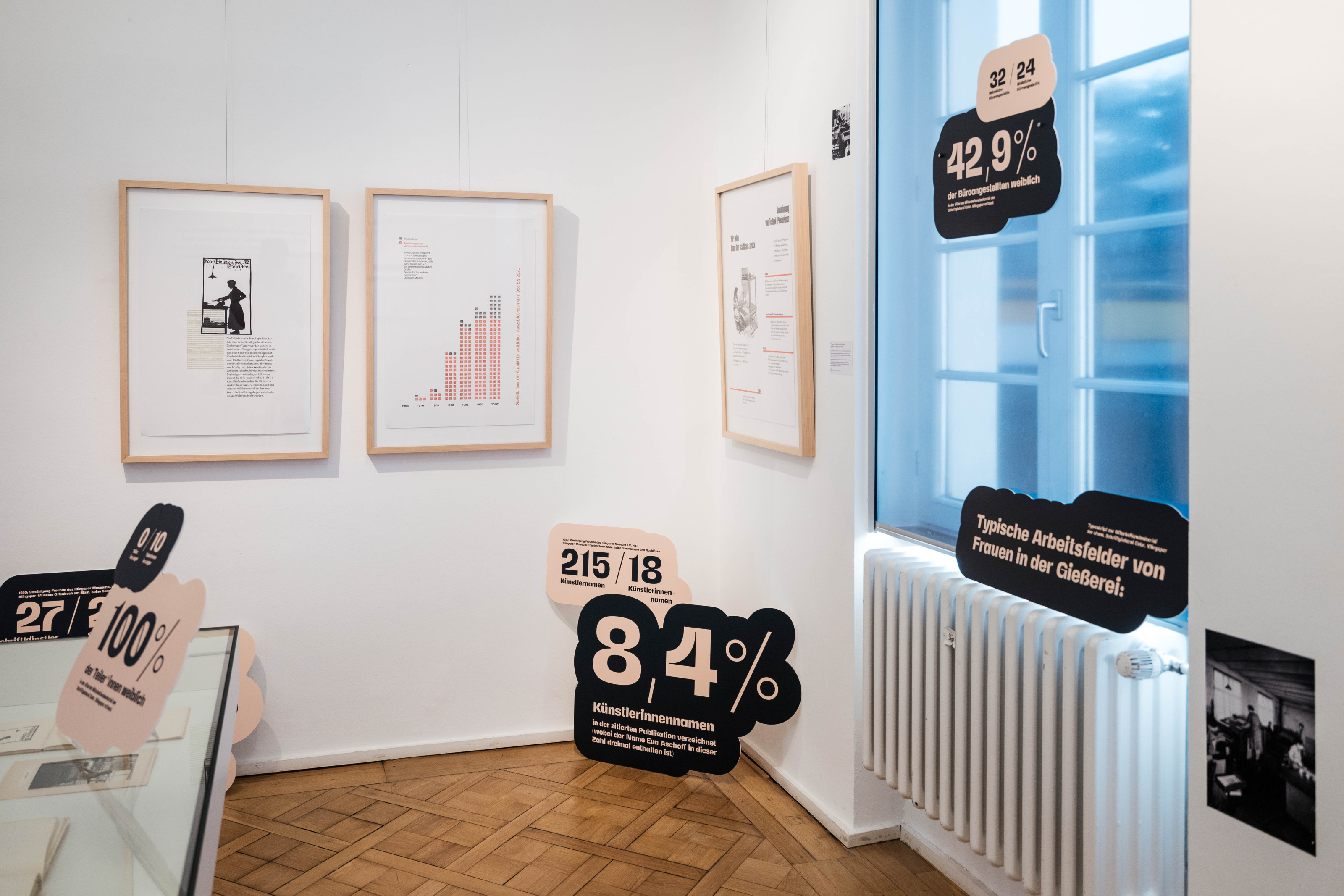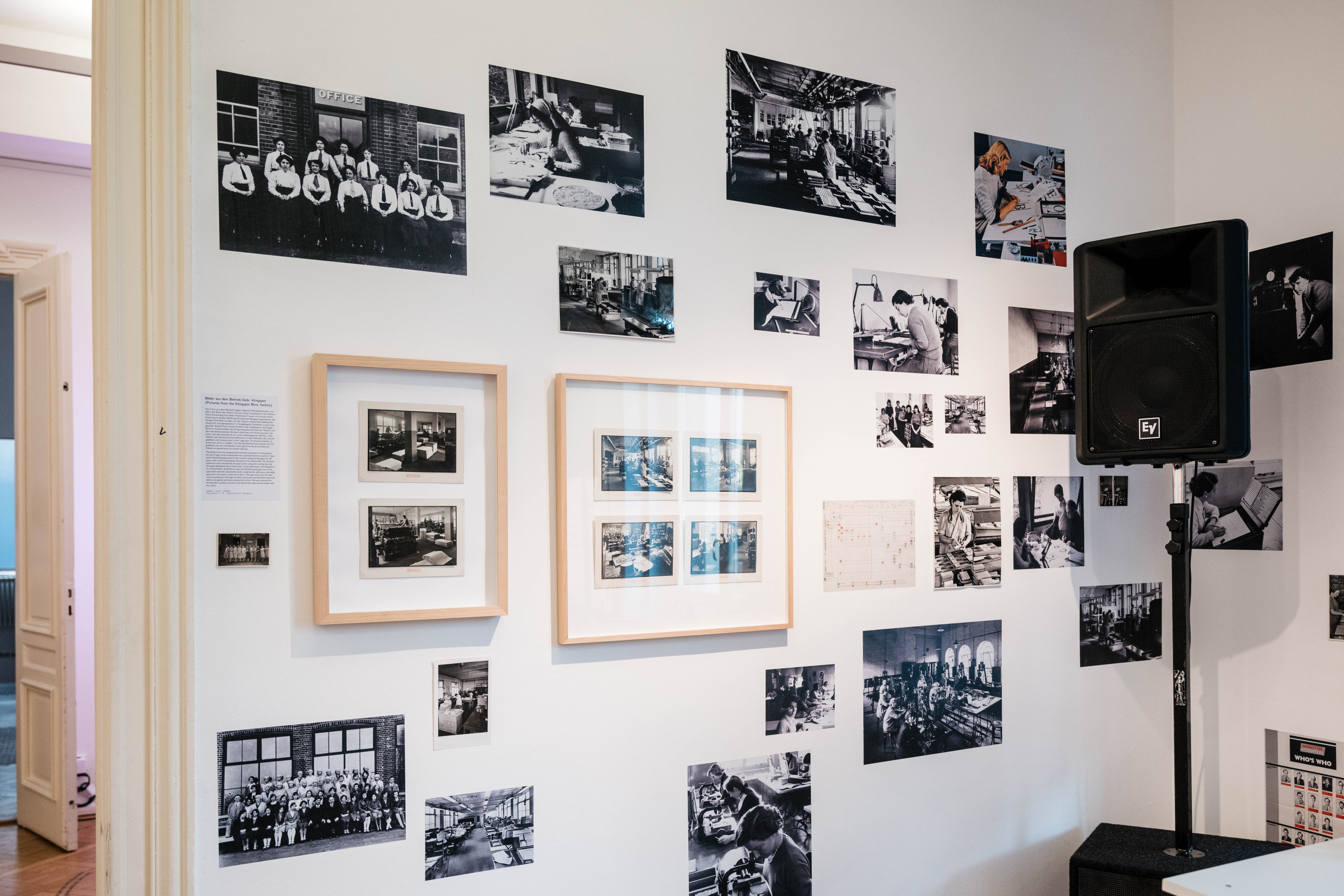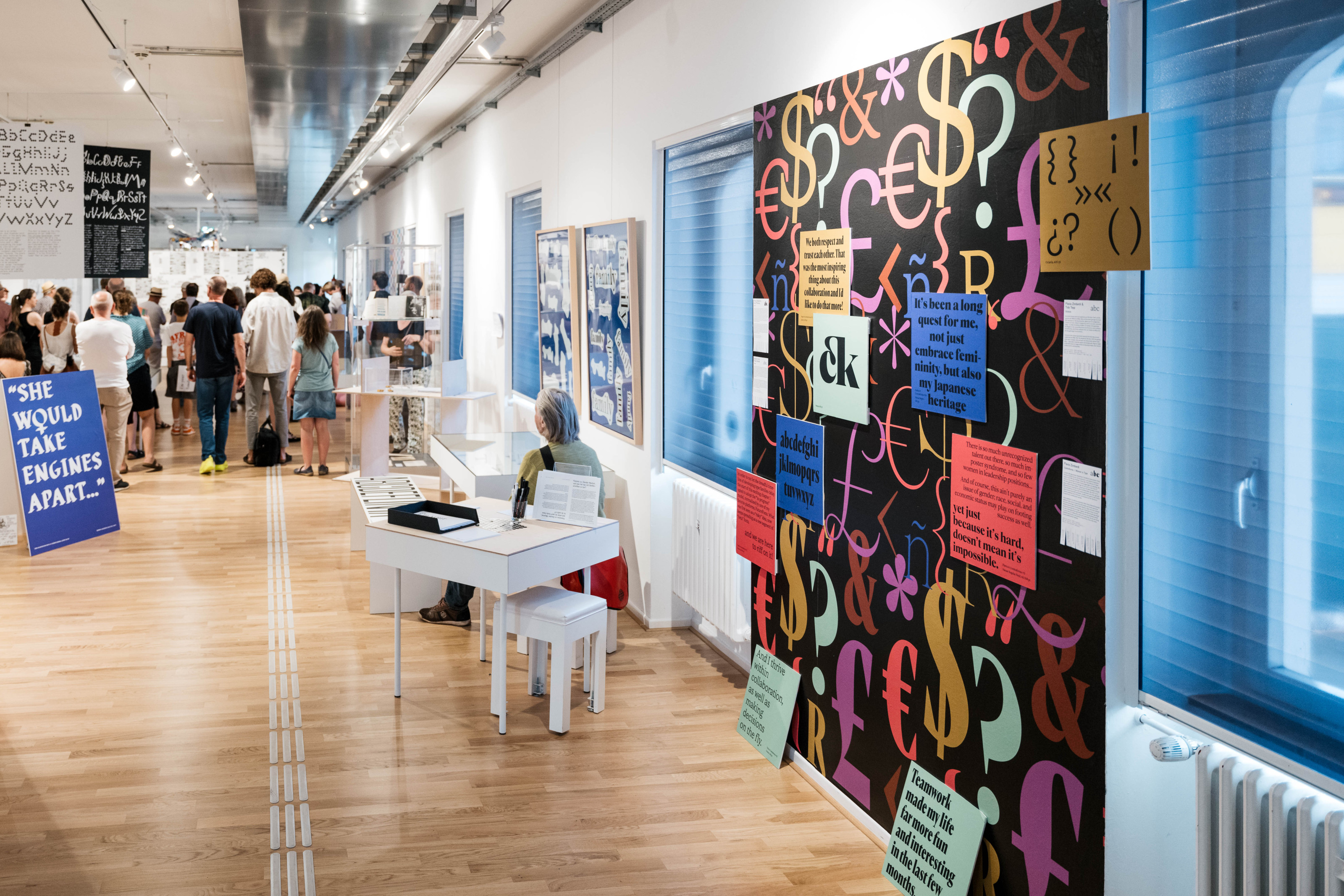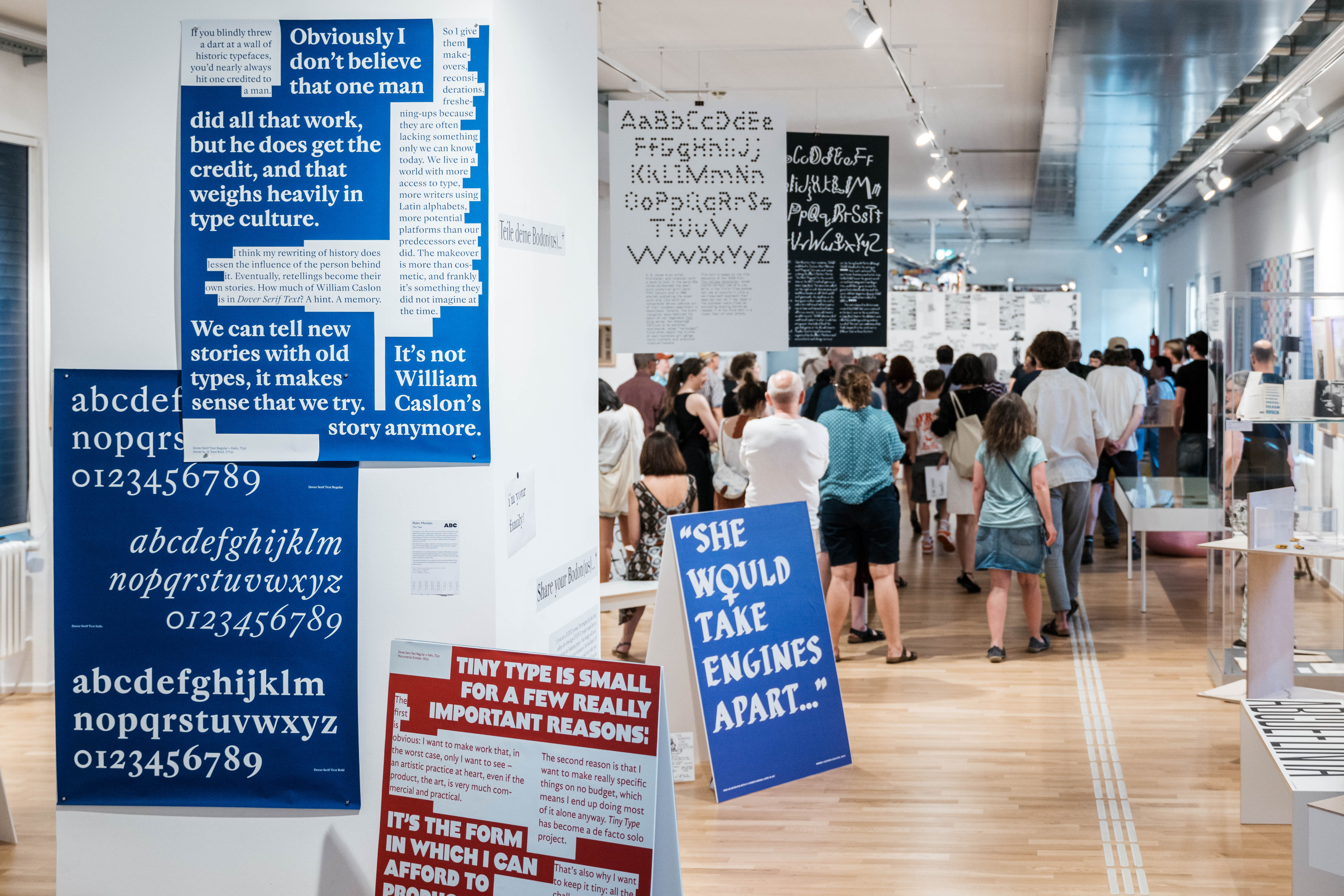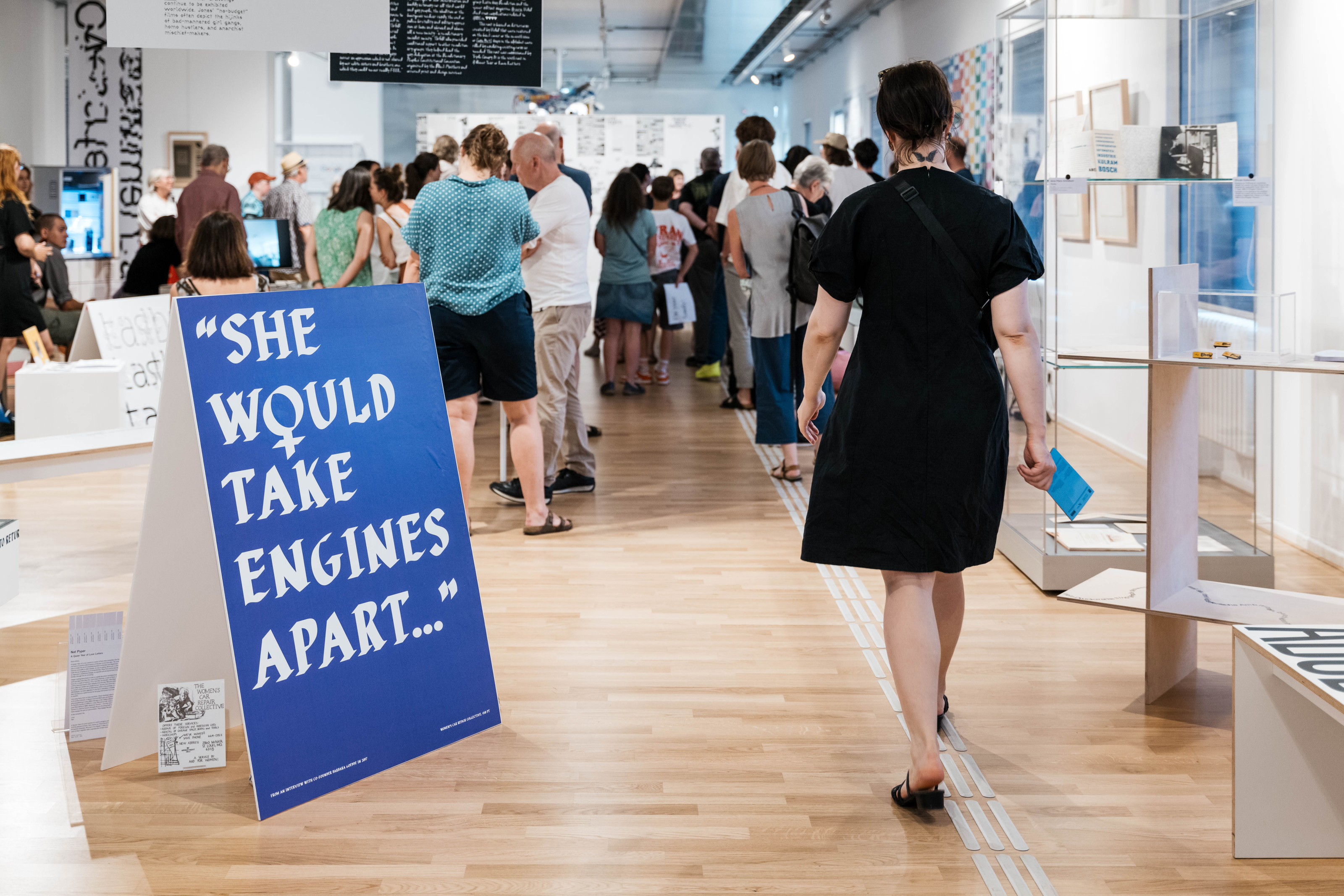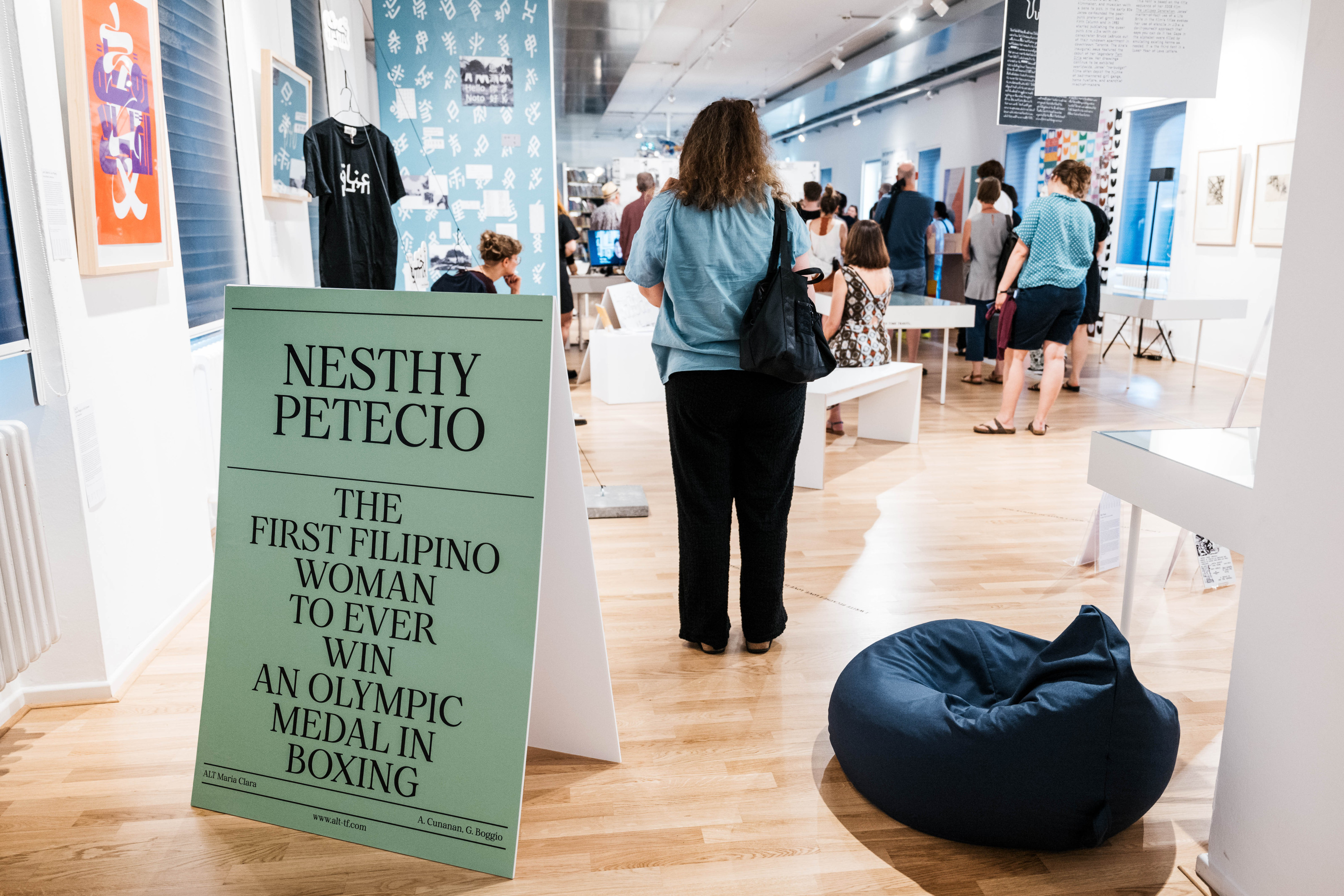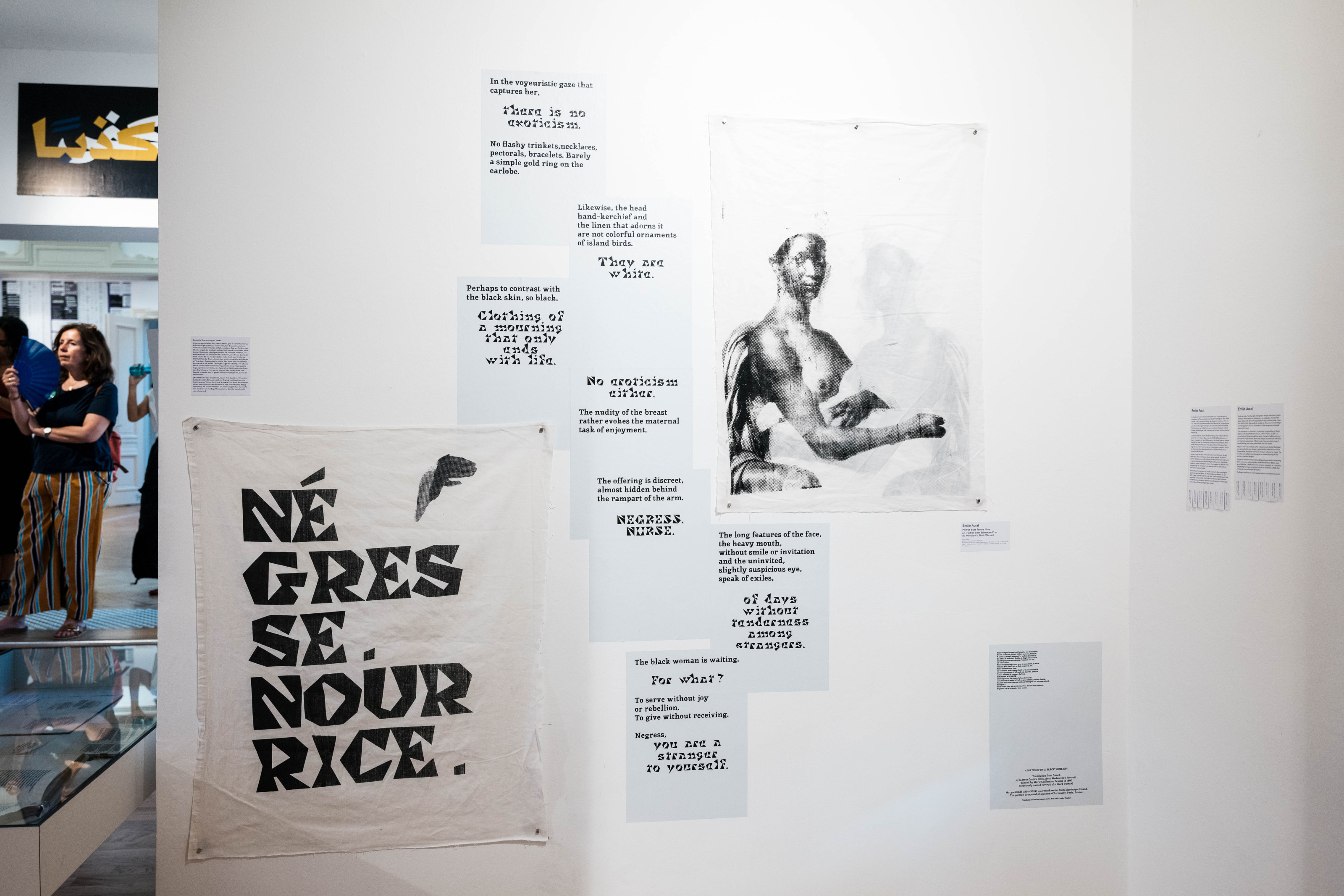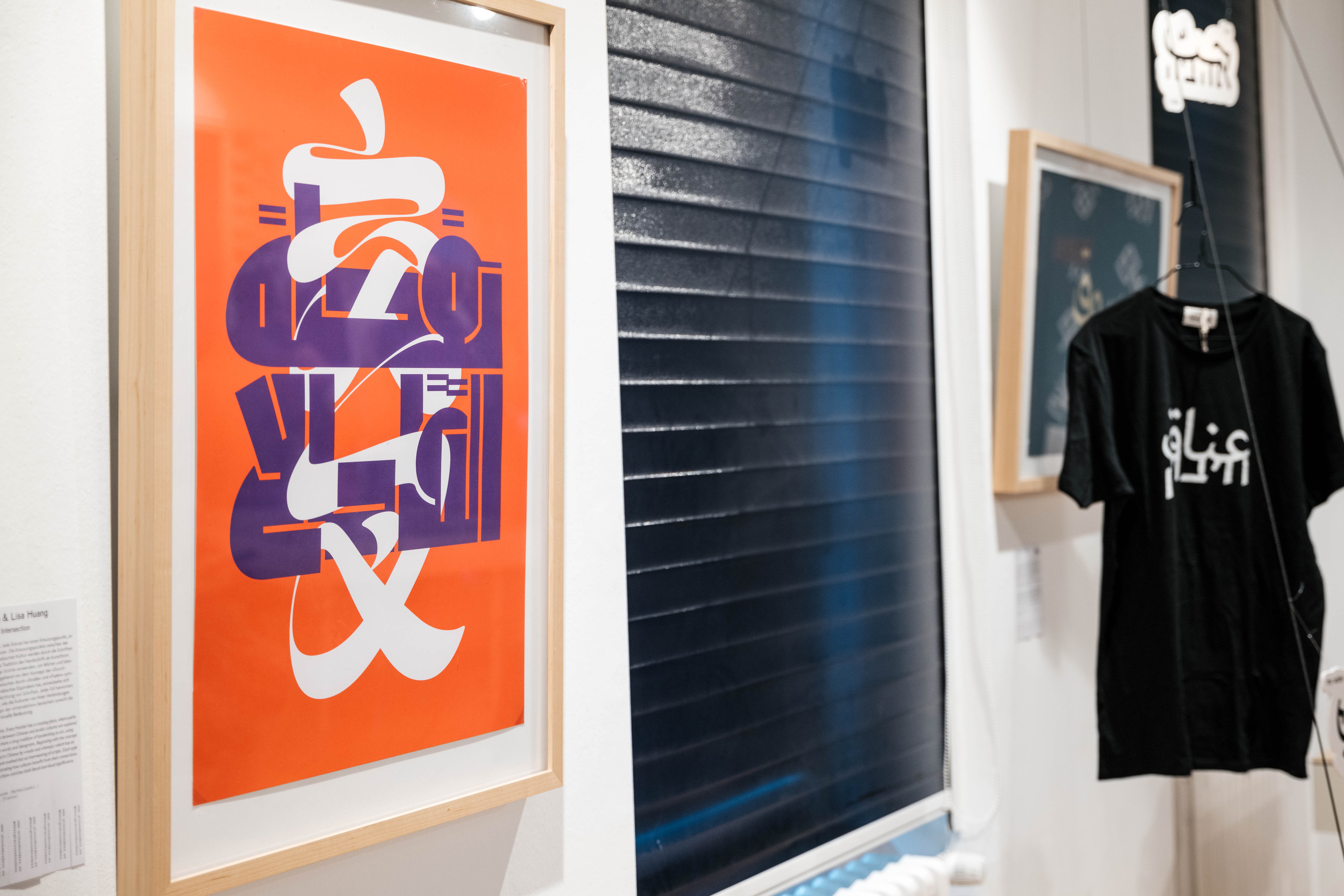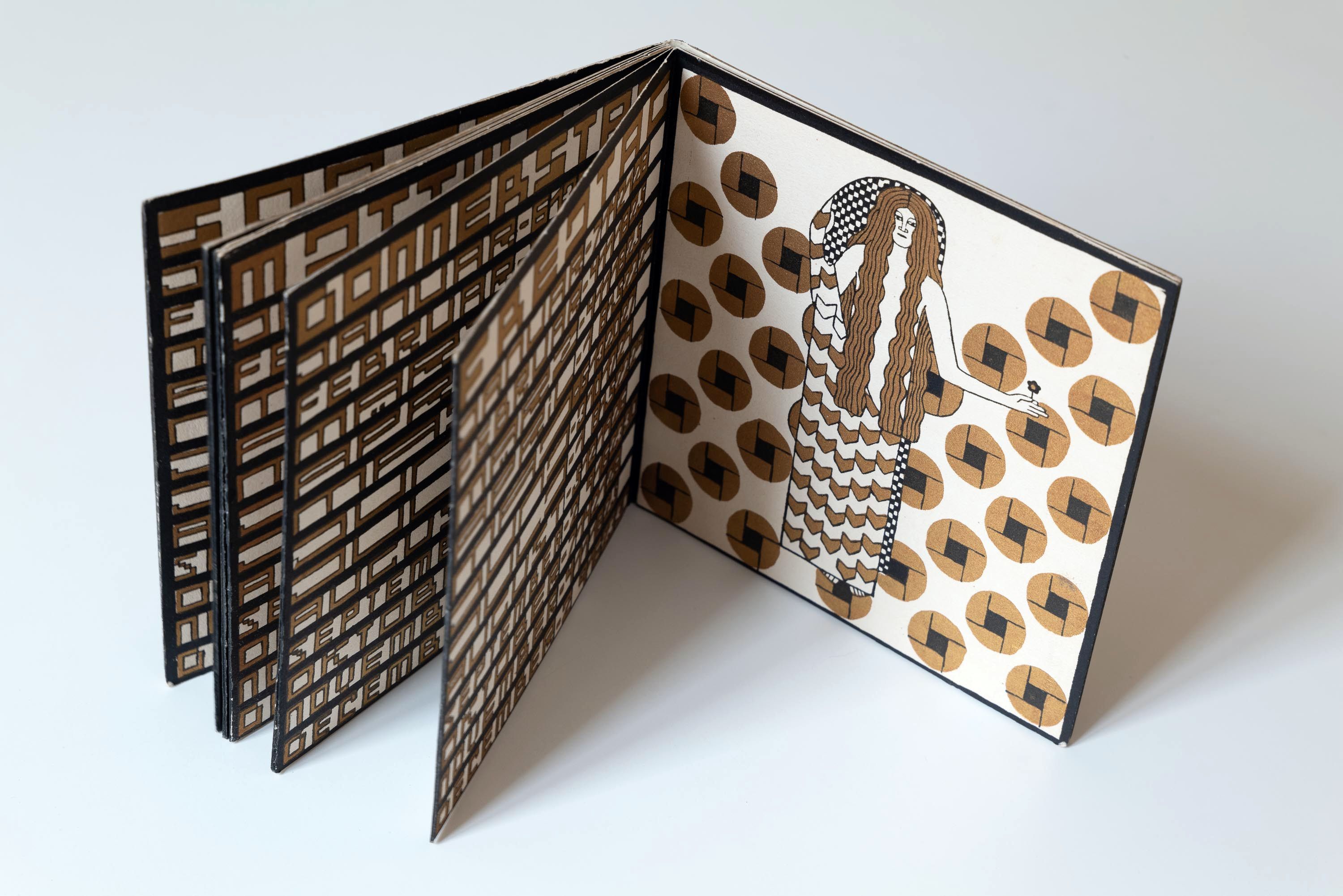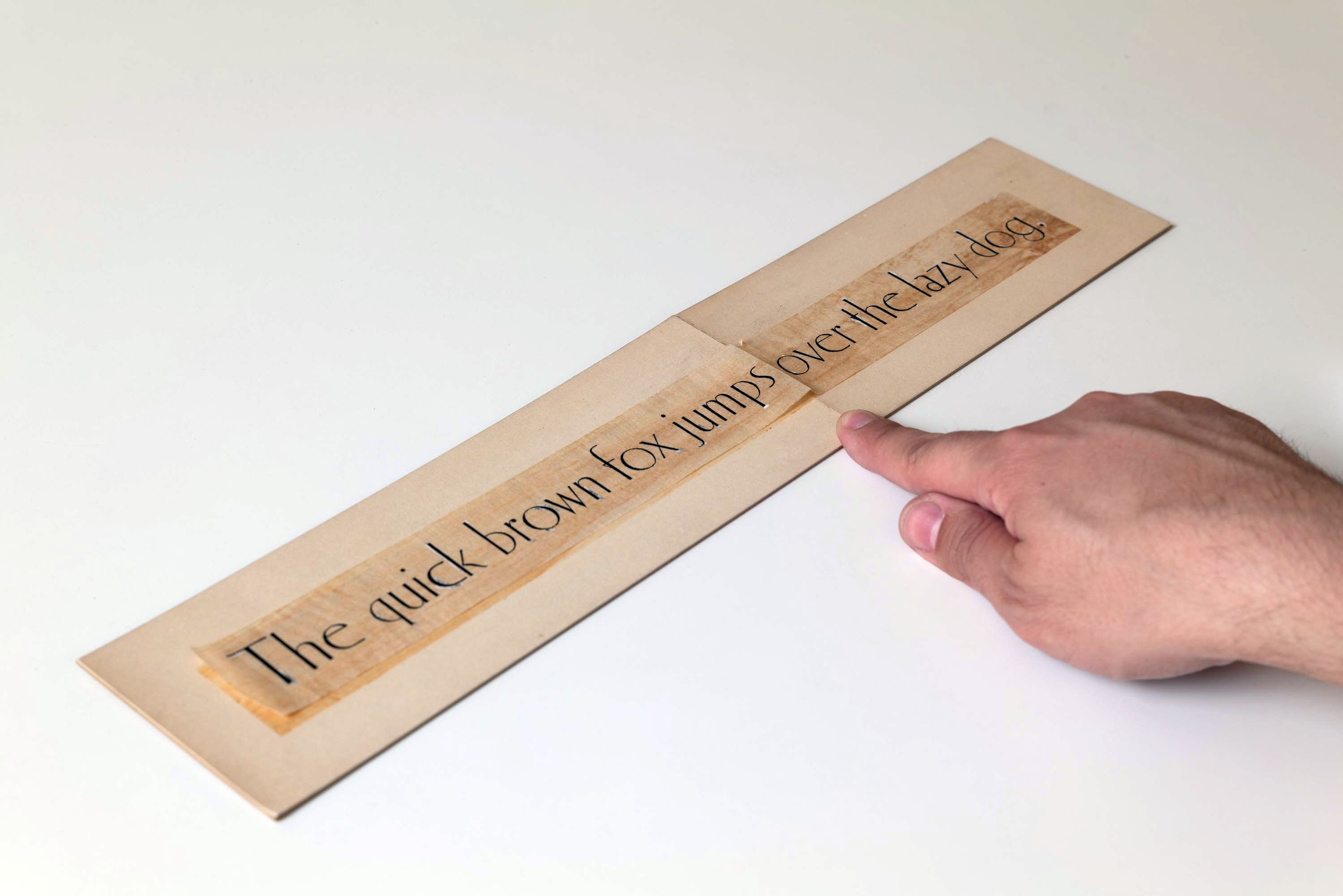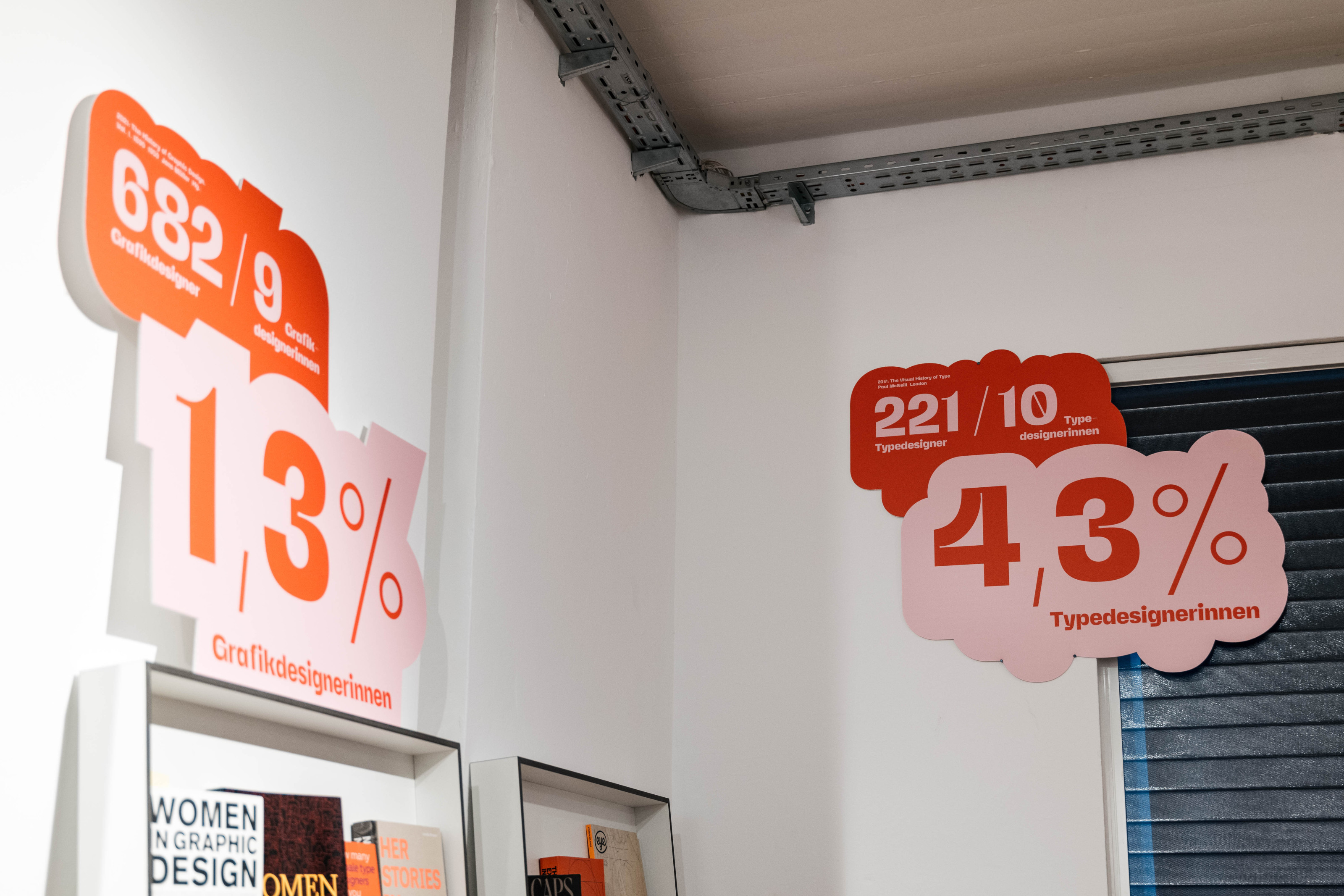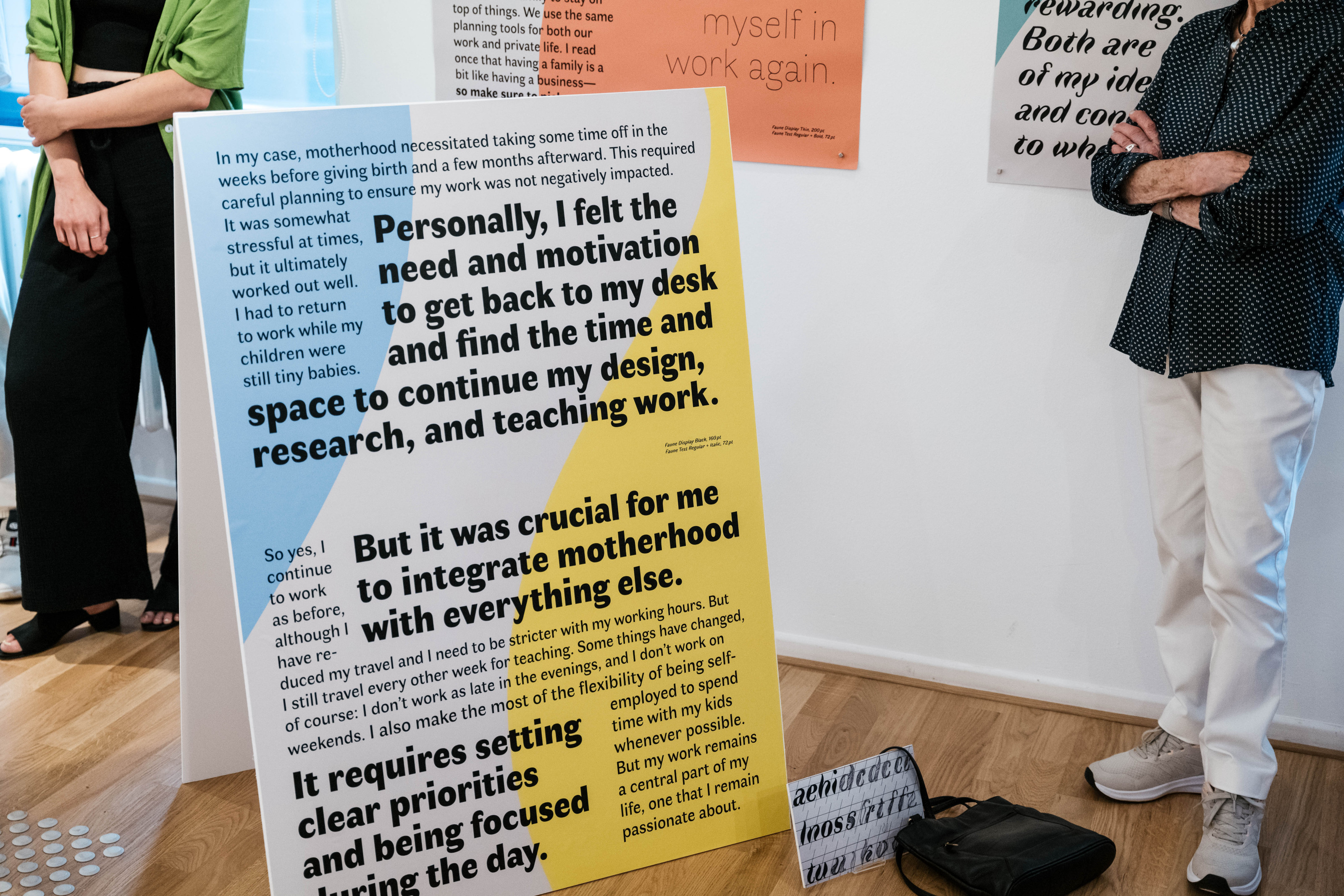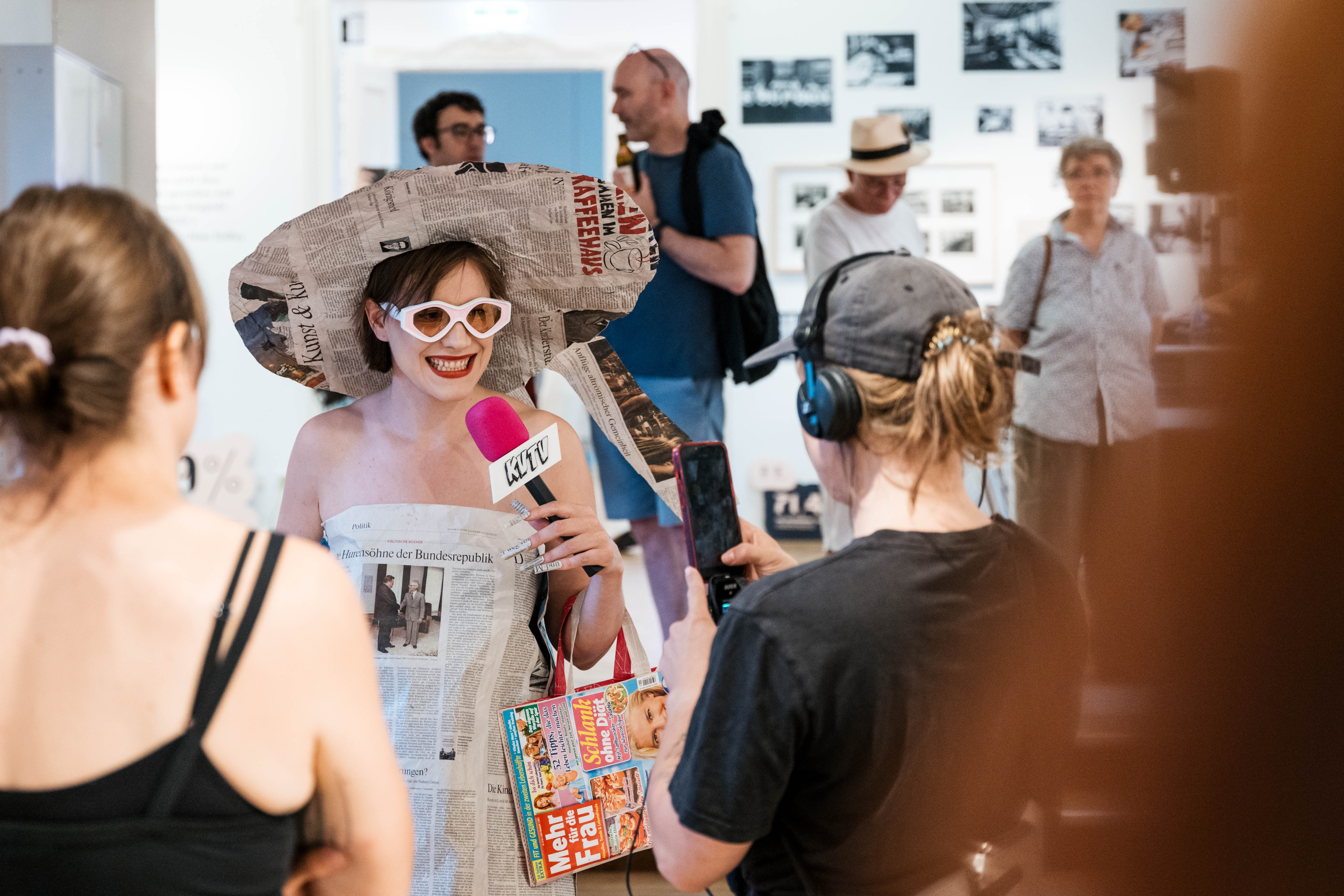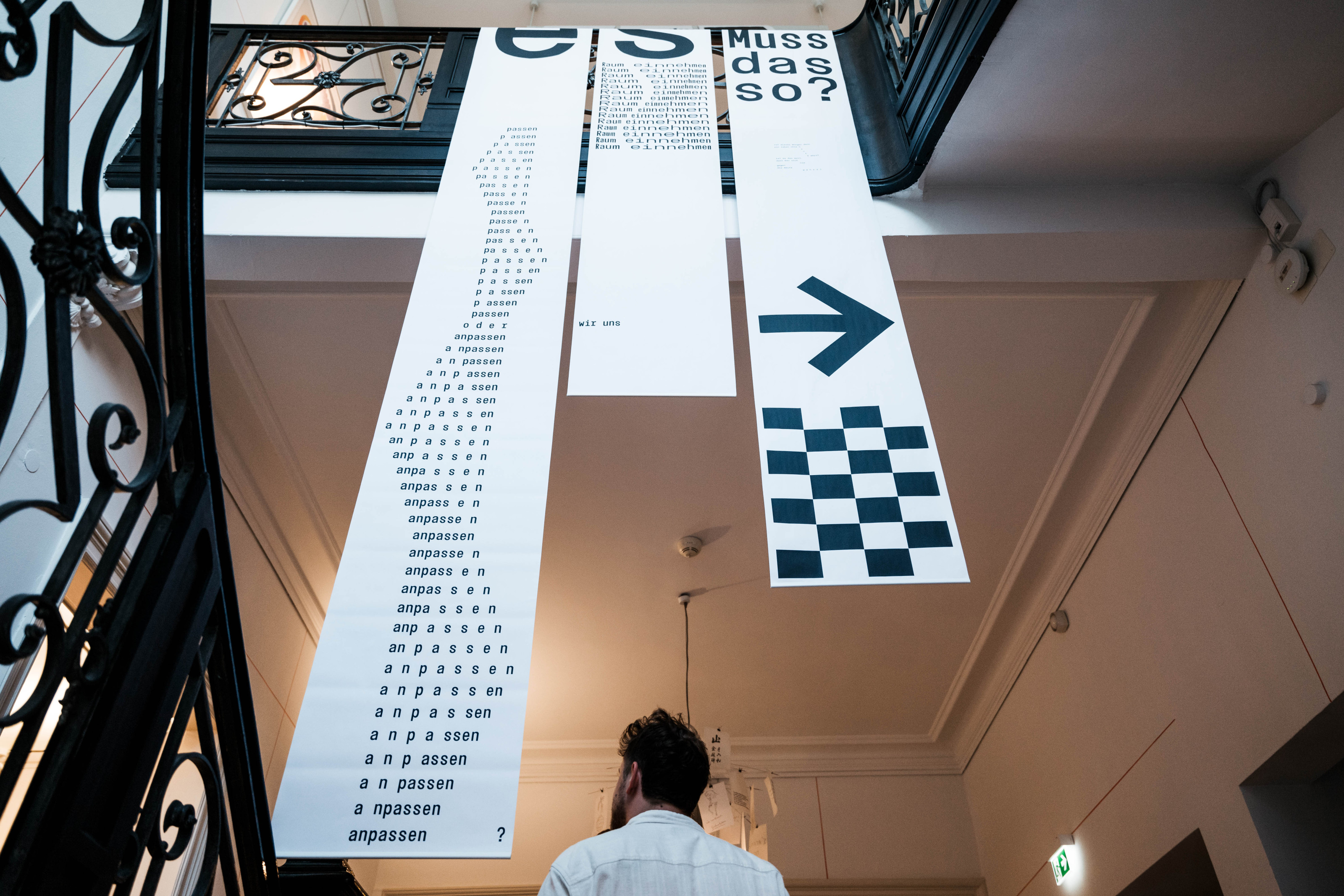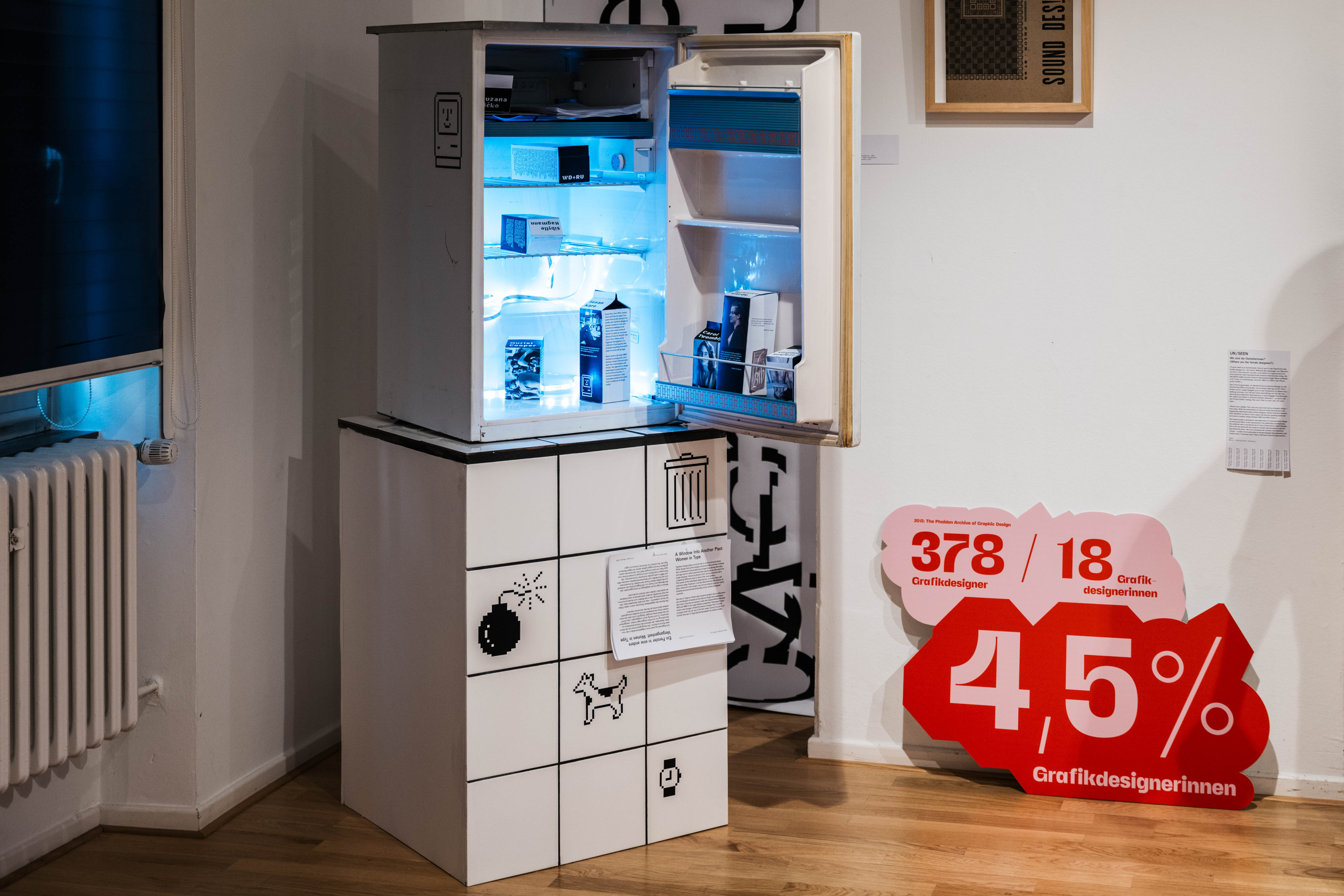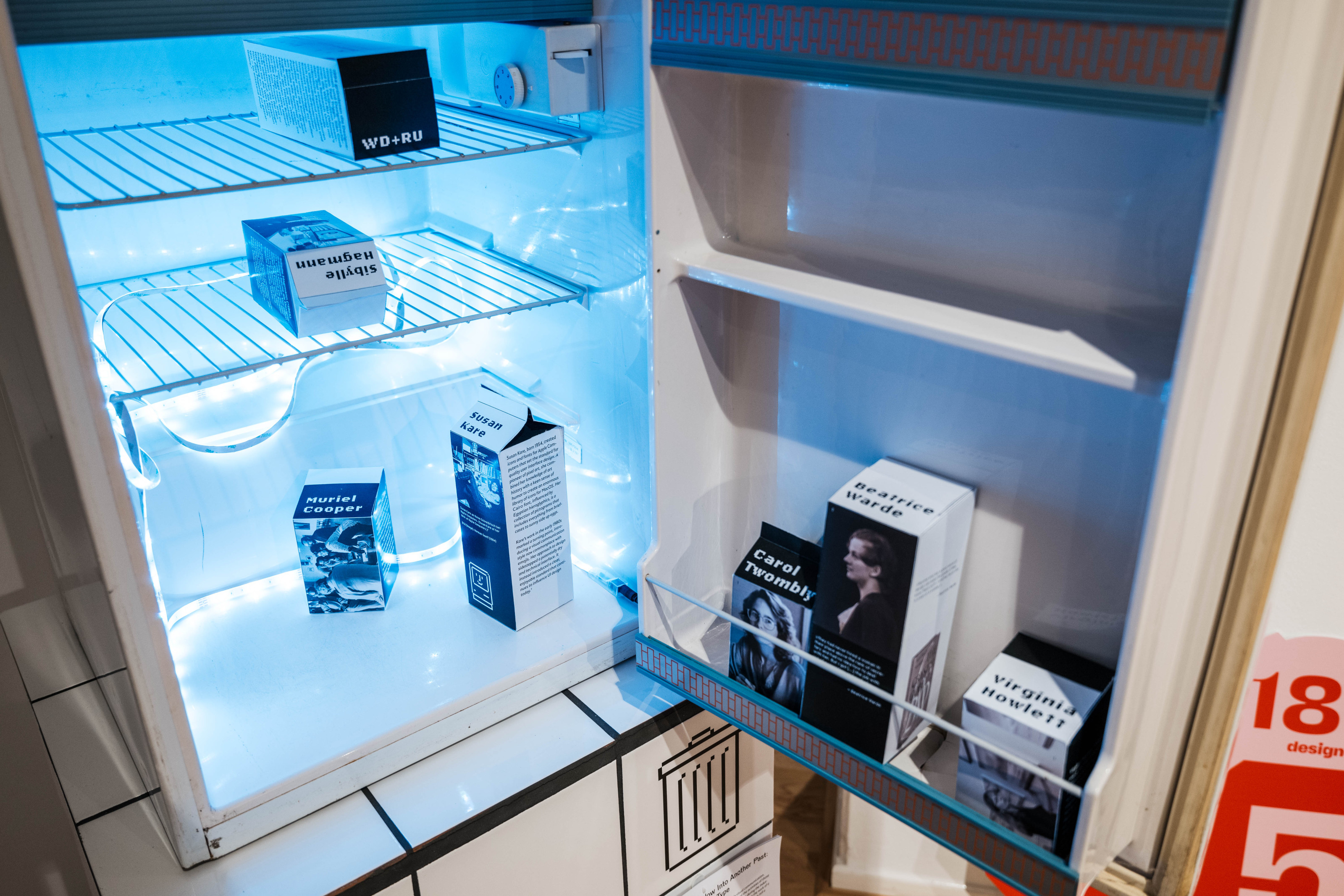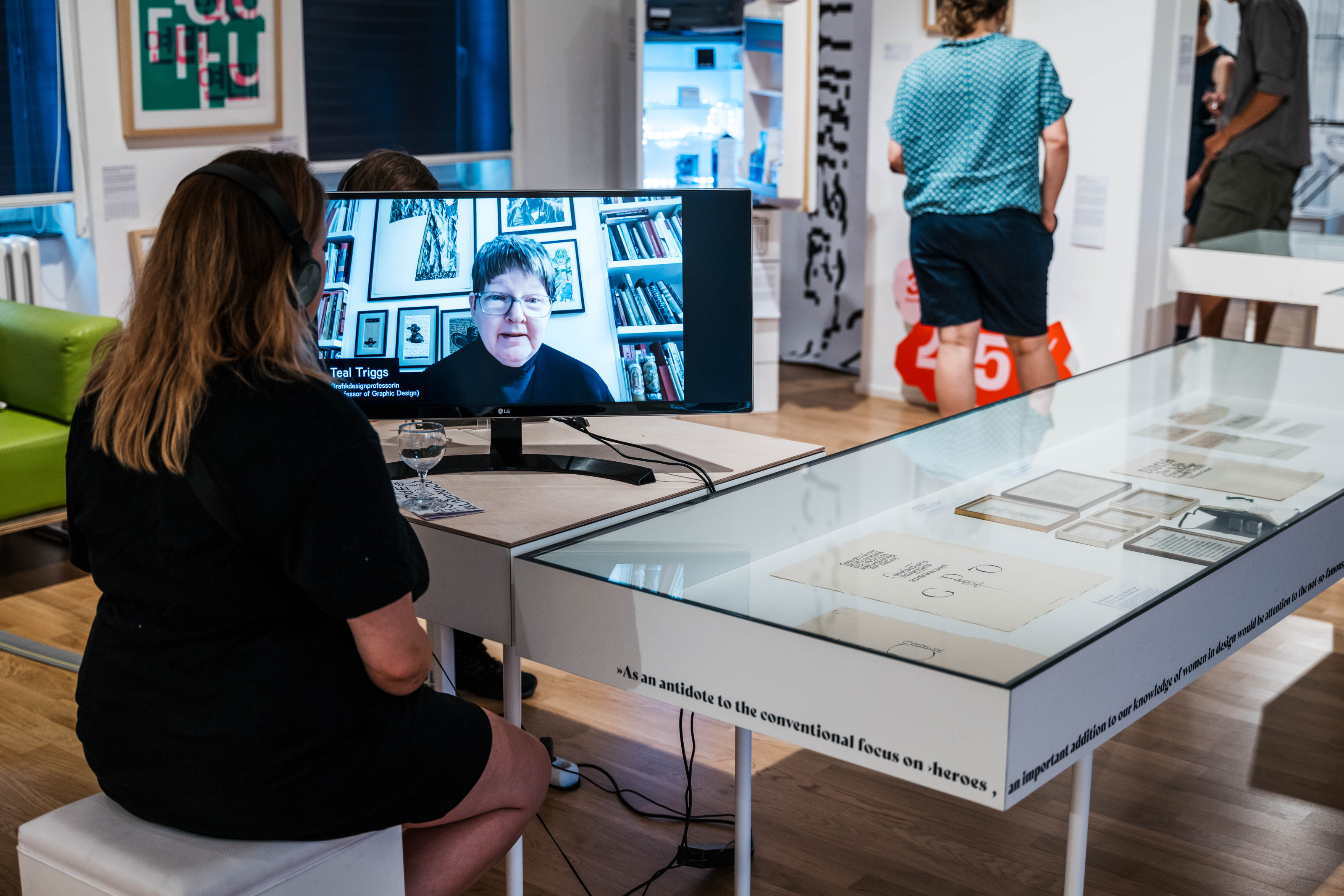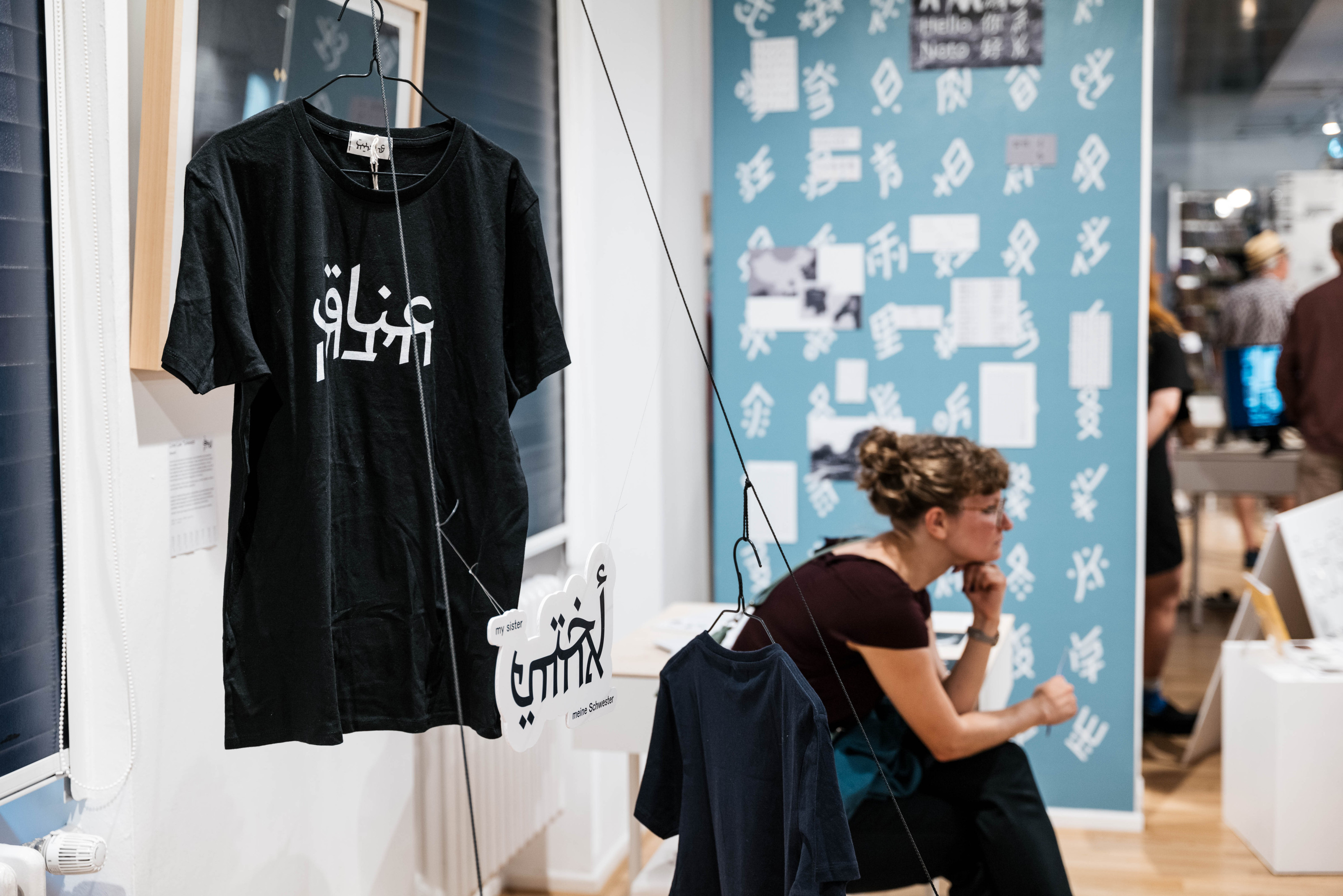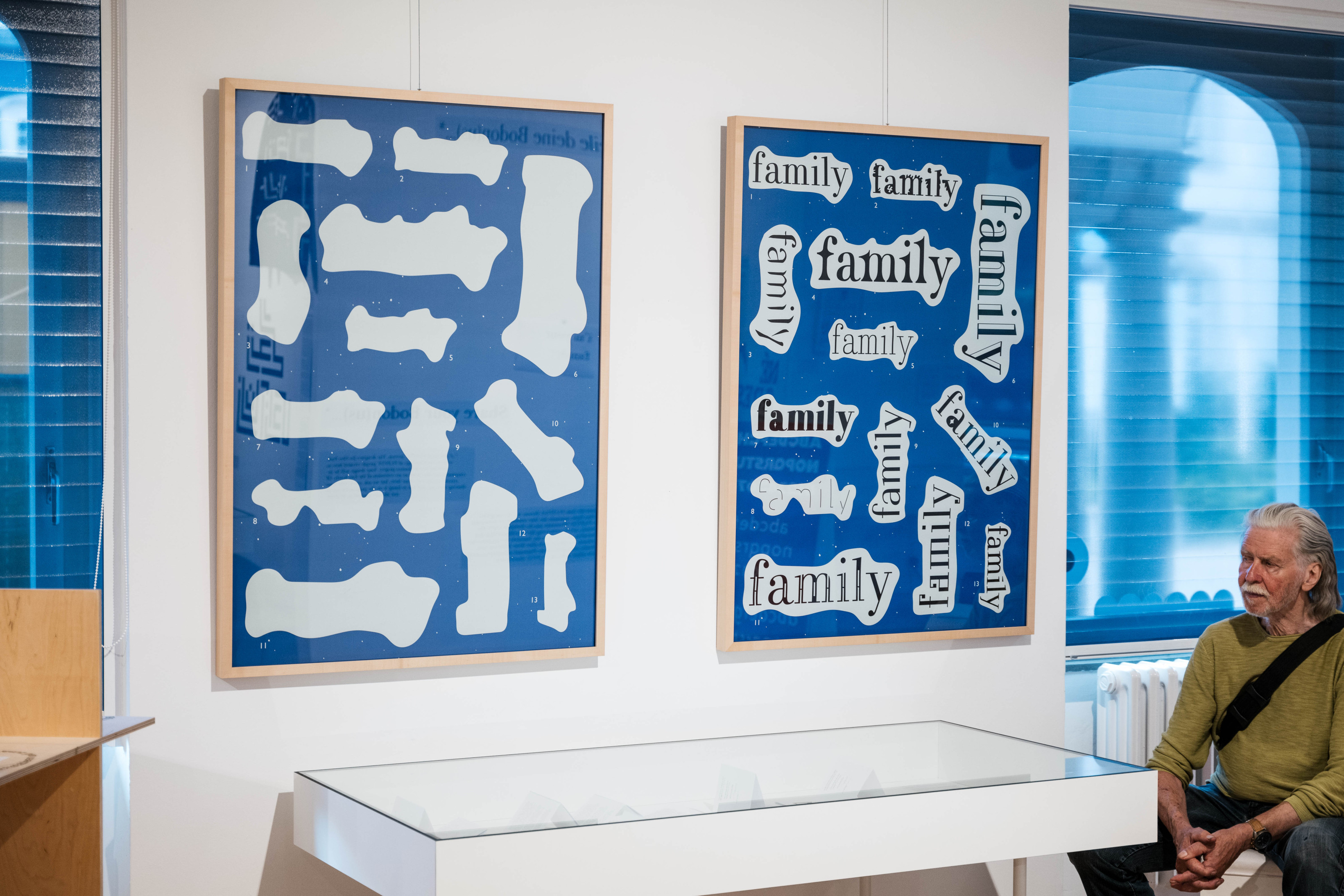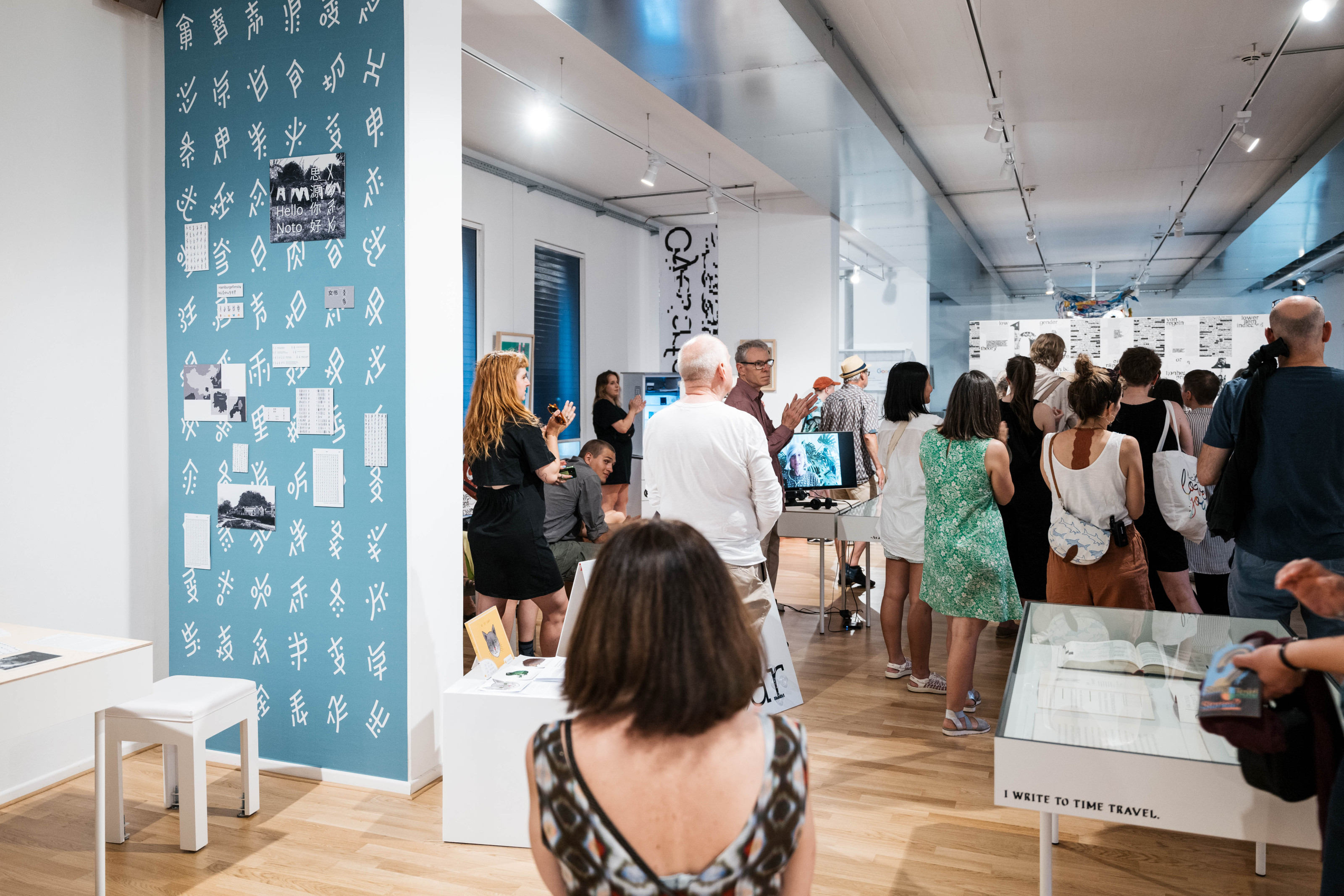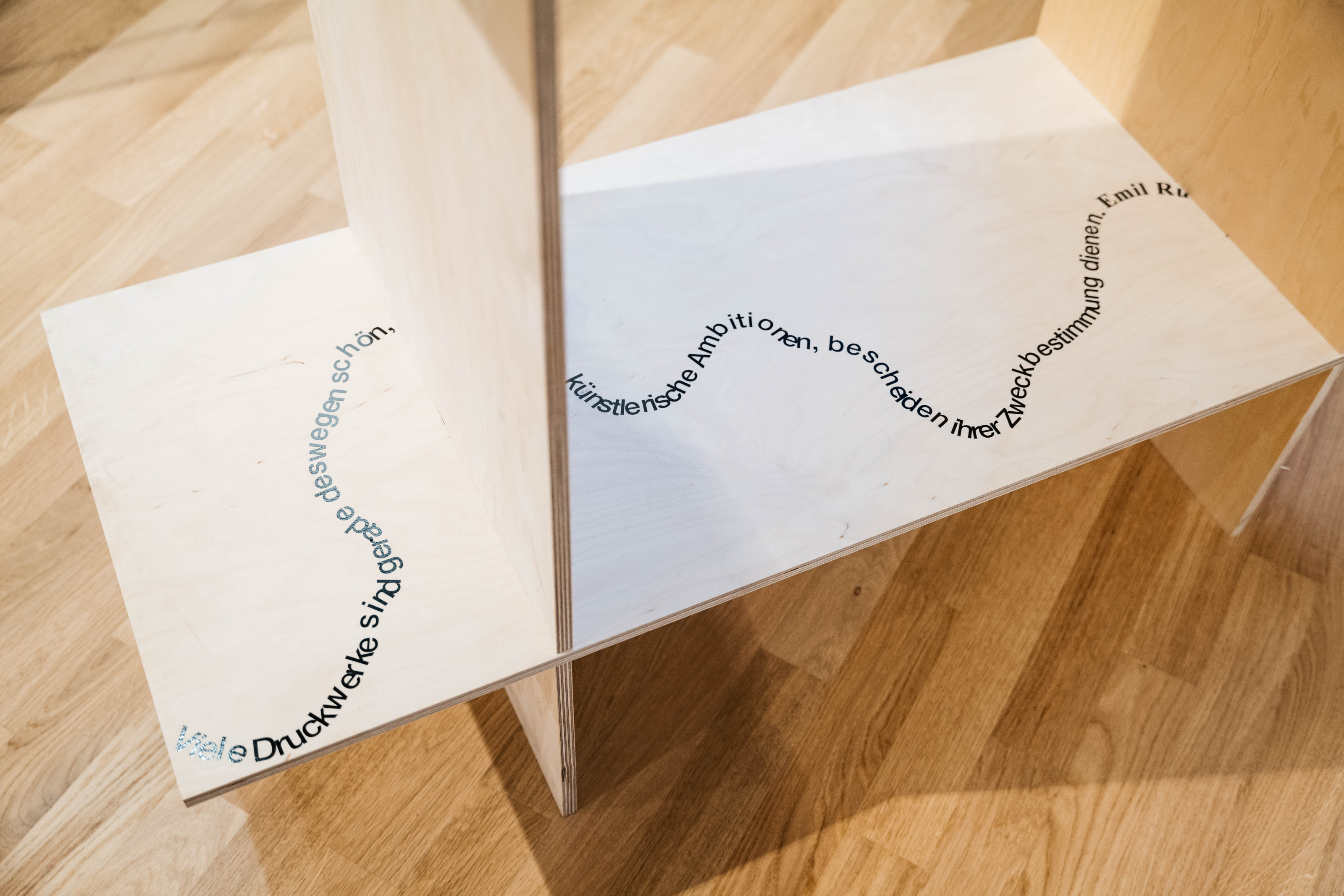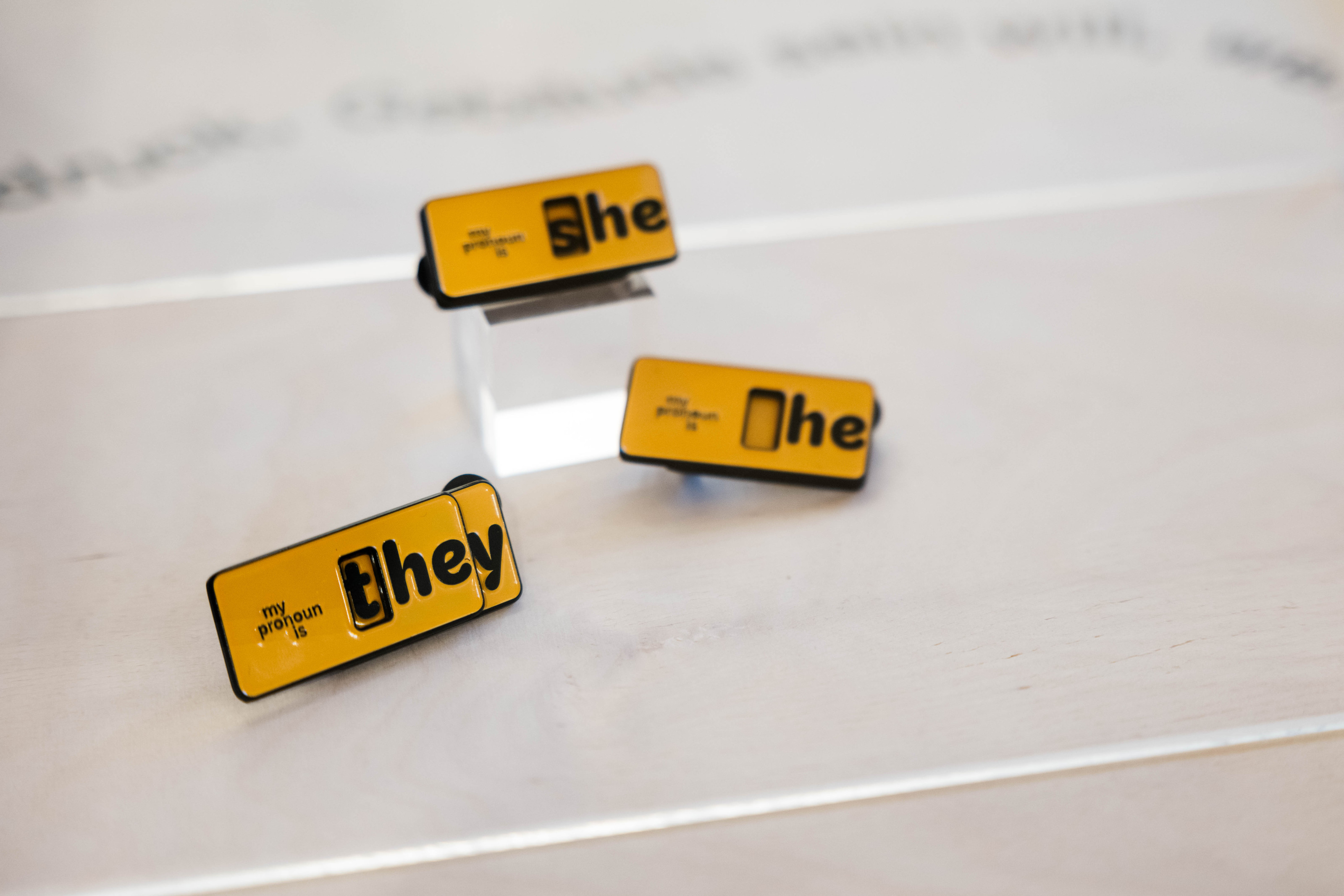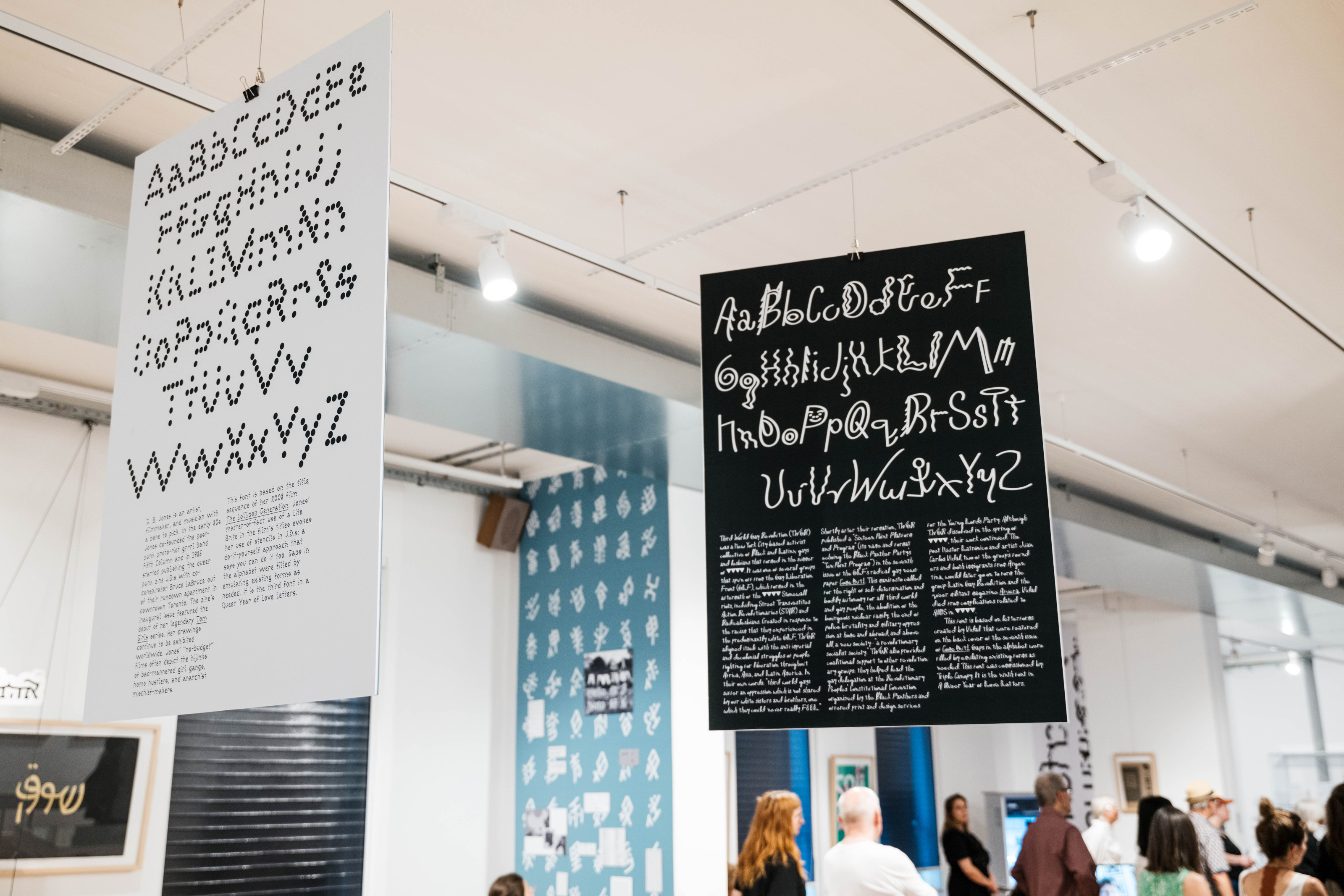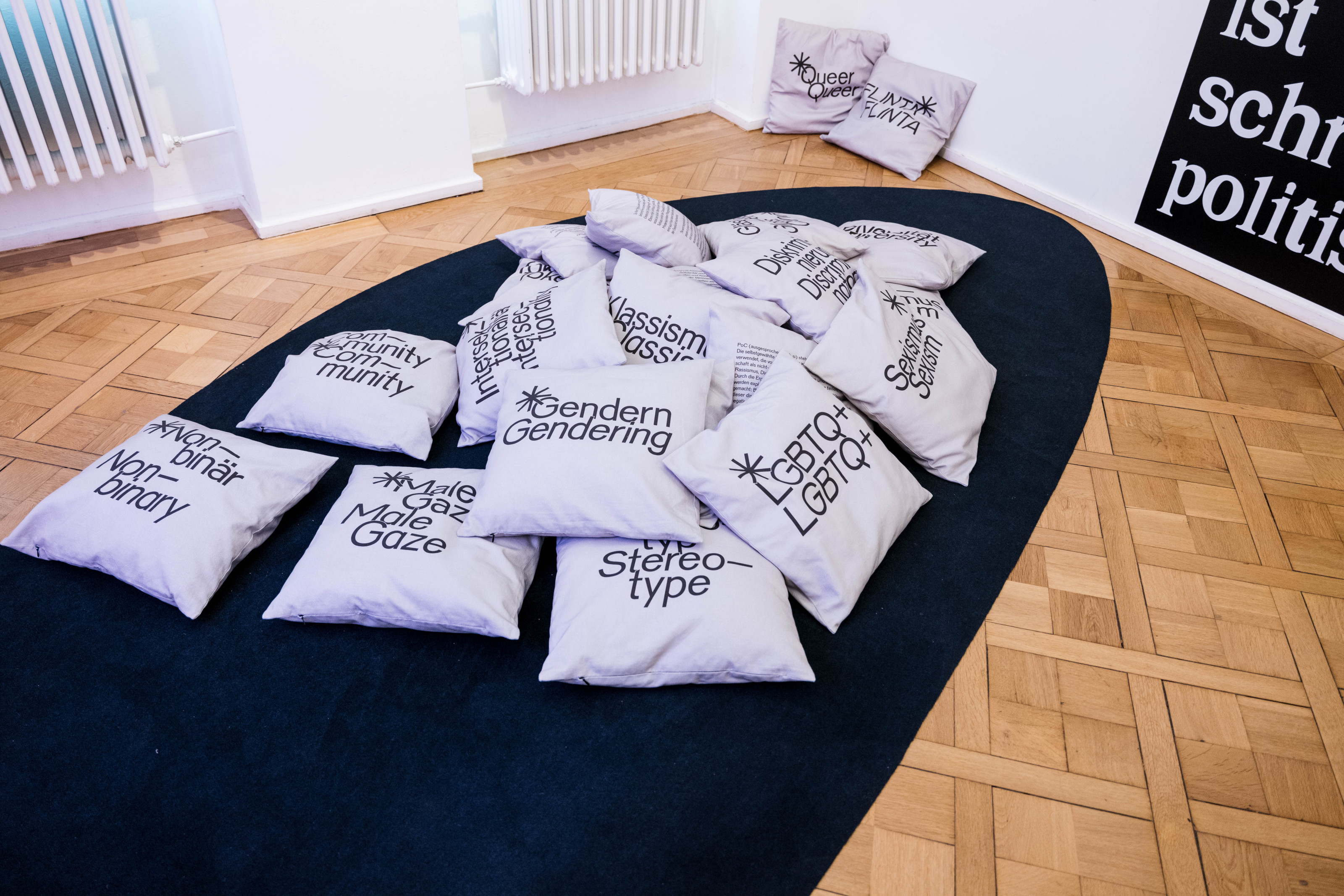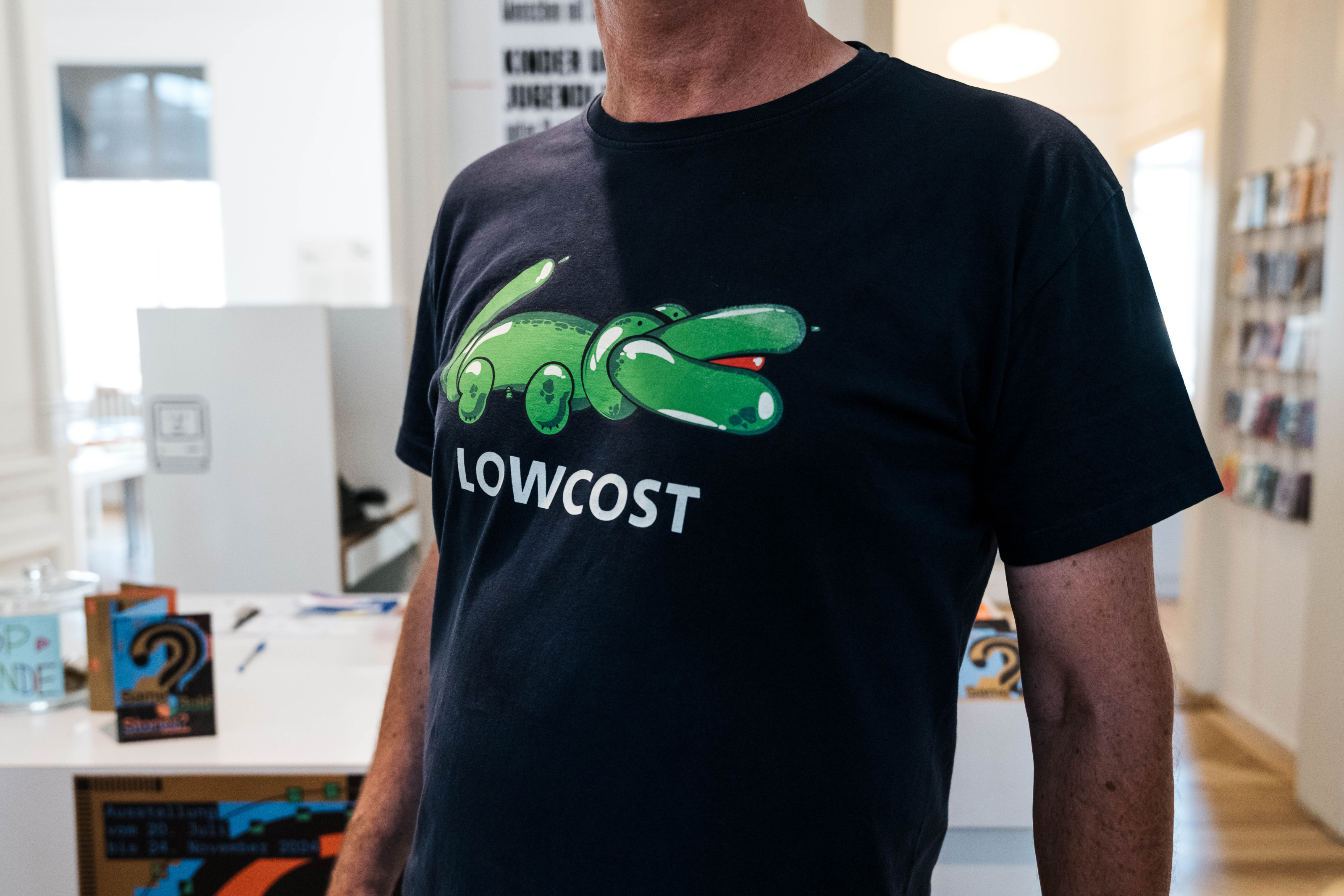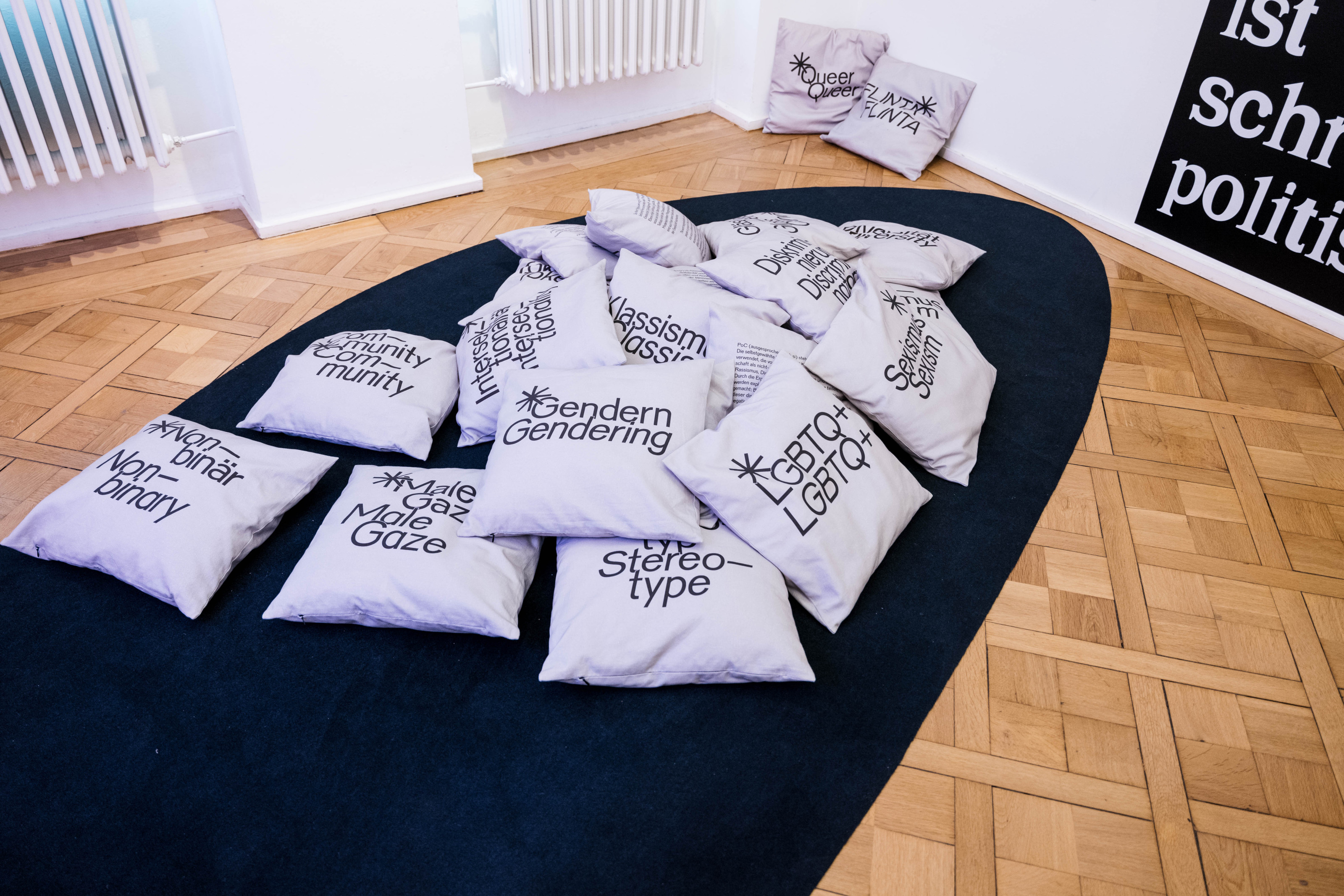For a long time, the history of type design and typography was written from a purely male perspective. Research in the field of type design now increasingly focuses on women, who were already active in the type production at the beginning of the 20th century without really achieving visibility.
This new exhibition presents a critical view of the Klingspor Museum’s type-related collections, which largely cover the period between 1900 and 1950. Where are the female positions that supplement the existing historiography of type design? Only a few women, such as Anna Simons, Erika Giovanna Klien, or Gudrun Zapf-von Hesse achieved wider recognition during their lifetime. In addition, there are type designers such as Elizabeth Friedländer, Ilse Schüle, Anna Maria Schildbach, Maria Ballé and numerous students from the lettering classes of Rudolf von Larisch in Vienna and Rudolf Koch in Offenbach whose works are included in the collection. Their biographies and practices are being brought into focus for the first time.
Starting from the historical collections, this exhibition bridges the gap to contemporary type design by individuals who identify as FLINTA* (female, lesbian, inter*, trans* and agender). Self-confident and innovative, they not only shape typefaces, but the international type scene. Ideas of collective labor apply here and solidarity-based systems of distribution exist alongside the traditional organization of the type foundries. Often the lines blur between craftwork and art, so that exciting content concepts spark new ways of thinking about type design and typography in the 21st century. Émilie Aurat, Jin-Hoo Park, Golnar Kat-Rahmani and Nat Pyper are just some of the many names that are brought together and placed in context to one another in the exhibition.
The historical and contemporary positions are interwoven across all thematic areas, inscribing the exhibition itself into a historiography based on the principle of “messy history”. The exhibition does not claim completeness, but gradually brings more fragments into the light. By juxtaposing these sometimes very different perspectives, a new interpretation of history emerges.
A book accompanying the exhibition was released on August 23rd, offering an informative theoretical extension to the exhibited works. Essays and interviews by and with contemporary acteurs of the international type scene, such as ALT.tf, Nadine Chahine, Katharina Koch, Laura Meseguer and Teal Triggs, reveal that historiography is rarely “complete” and that gaps can only be filled, if at all, by consciously engaging with them.
The concept for the exhibition was developed in co-operation between the Klingspor Museum (Dr. Dorothee Ader, Valerij Ledenev, Tatjana Prenzel), the design studio turbo type (Laura Brunner, Leonie Martin) and the feminist collective +FEM (Kristina Mukhacheva, Naomi Rado). A program of events through the exhibition’s closing in November can be found here.

